Sopilla Showdown: Why This Spice Spoon Might Be Your Kitchen’s Secret Weapon
Table of Contents
What is a Sopilla, Anyway?
If you’ve ever seen a tiny wooden spoon in someone’s spice drawer and wondered what on earth it was for—congratulations, you just met the sopilla!
The sopilla (pronounced so-PEE-ya) is a small, flat-bottomed spoon traditionally used in Spanish-speaking countries, especially in Latin America, for scooping and measuring spices, herbs, or powders. It’s often made from wood, though modern versions come in stainless steel, bamboo, and even silicone.
Unlike your regular teaspoon, the sopilla is designed specifically for handling dry ingredients with finesse. Think of it as the spice world’s version of a pastry brush—precise, delicate, and essential for that perfect flavor balance.
Why the Sopilla Matters in Spice Work
In the realm of cooking, precision matters—especially when dealing with powerful spices like cumin, smoked paprika, or annatto. A regular spoon can leave clumps behind or cause spills that turn your kitchen into a mess zone.
The sopilla, however, was born for this job:
- Flat bottom allows it to scoop up every last speck of powder
- Small size = better control over measurements
- No residue sticking to curved edges
- Easy to clean and store
Chefs love them for their utility; enthusiasts appreciate their charm. Whether you’re grinding your own adobo or mixing mole paste from scratch, the sopilla helps you stay consistent and spill-free.
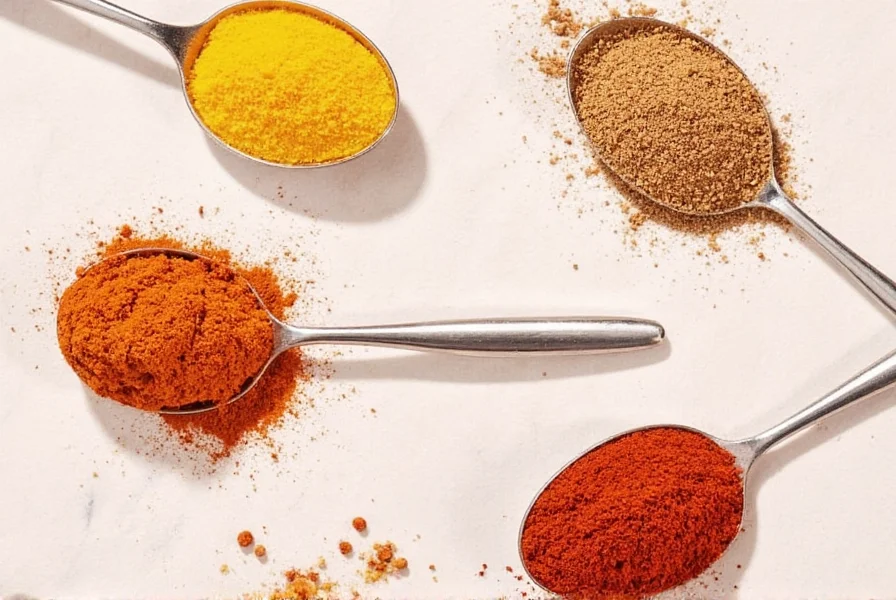
How to Use a Sopilla Like a Pro
Think of the sopilla as your secret weapon in spice blending. Here’s how to maximize its potential:
- Use the Flat Edge: Glide it across the top of your spice jar to level off the amount.
- Scoop Low and Slow: Gently press the sopilla into the spice pile for full contact and no clumps.
- Transfer with Care: Tap the handle lightly against your mortar or bowl to release all the spice at once.
- Clean Between Uses: Wipe with a dry cloth or rinse quickly if needed (avoid soaking wooden ones).
- Store Smart: Keep it in your spice drawer or hang it with other utensils to avoid cross-contamination.
Sopilla Styles Compared
| Material | Pros | Cons | Best For |
|---|---|---|---|
| Wood | Natural, non-reactive, traditional feel | Absorbs moisture, needs hand-washing | Authentic Mexican or Caribbean kitchens |
| Bamboo | Eco-friendly, durable, lightweight | Can crack over time, not heat-resistant | Light-duty spice work and travel kits |
| Stainless Steel | Durable, dishwasher-safe, modern look | Can rust if not dried properly | Professional kitchens and busy home cooks |
| Silicone | Flexibility, heat resistance, colorful | Less traditional aesthetic | Modern spice stations and kids' cooking sets |
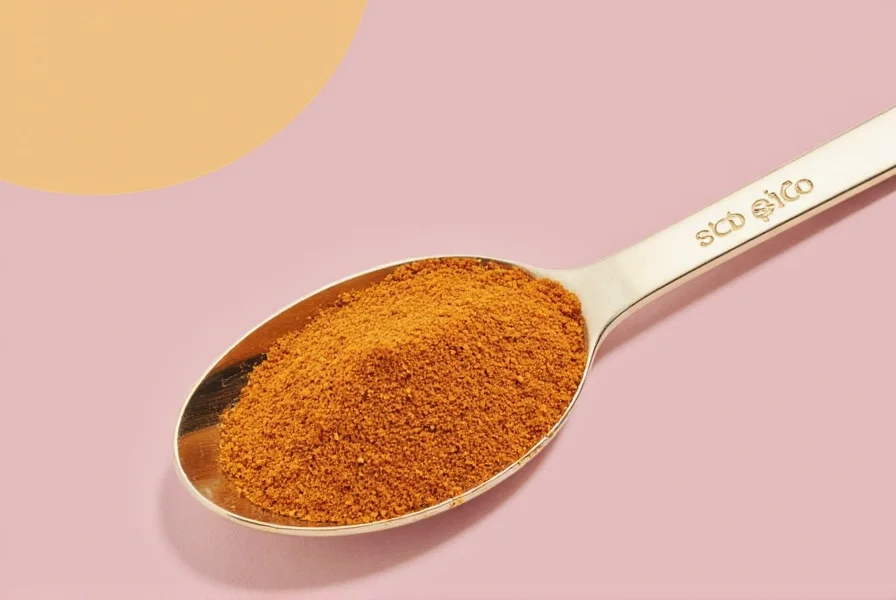
Your Ultimate Sopilla Buying Guide
Ready to upgrade your spice game? Here are some top-rated sopillas to consider, based on material, design, and usability.
1. Traditional Wooden Sopilla – La Cocina Heritage Line
- Material: Hardwood (acacia)
- Size: 5 inches long
- Features: Smooth finish, slight curve for optimal scooping
- Best For: purists and those who love rustic kitchens
- Price: $8–$12
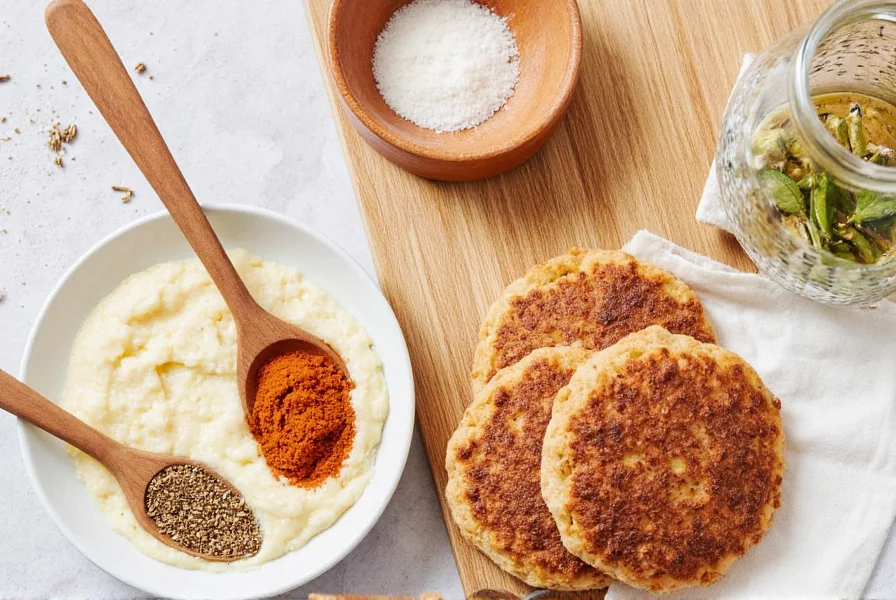
2. Bamboo Sopilla Set – EcoFlavor Tools
- Material: Organic bamboo
- Sizes: 4-inch, 6-inch options
- Features: Comes in a set of 3 varying widths
- Best For: eco-conscious cooks and beginners
- Price: $9–$15
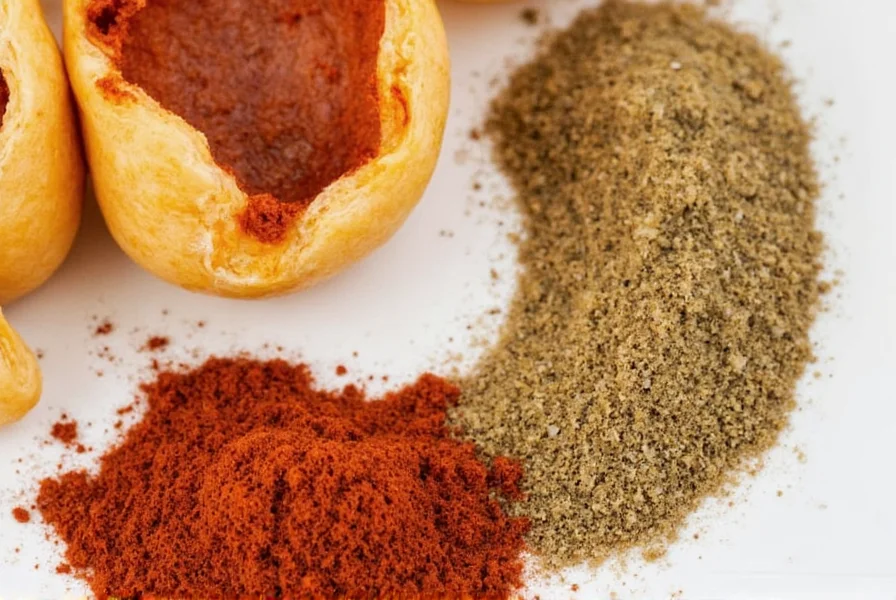
3. Stainless Steel Sopilla – ChefMaster Pro Series
- Material: 18/10 stainless steel
- Size: 6 inches long
- Features: Polished surface, engraved markings
- Best For: serious spice lovers and commercial kitchens
- Price: $12–$18
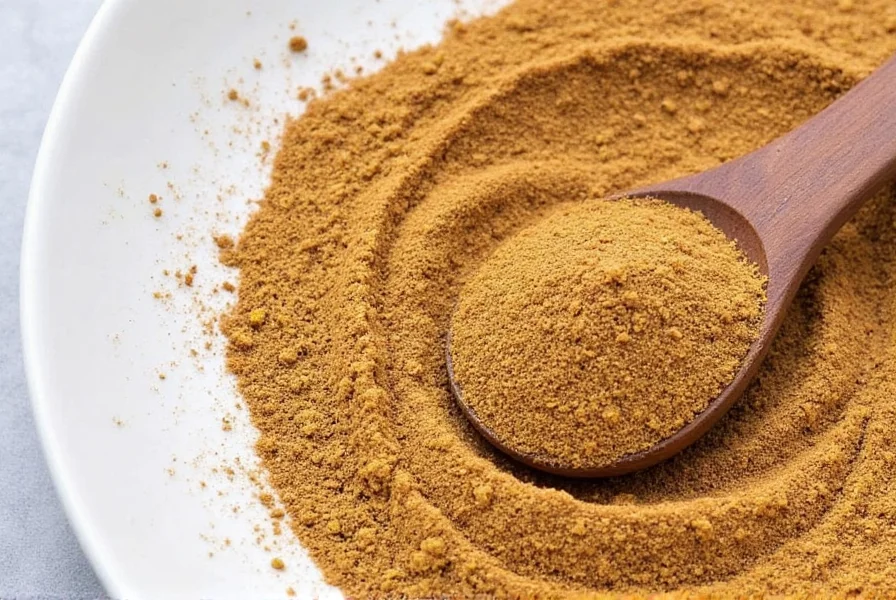
4. Silicone Sopilla – SpiceGlide FlexPack
- Material: FDA-grade silicone
- Colors: Red, green, black, and blue
- Features: Heat-resistant up to 450°F, flexible edge
- Best For: modern kitchens and families with kids
- Price: $7–$10
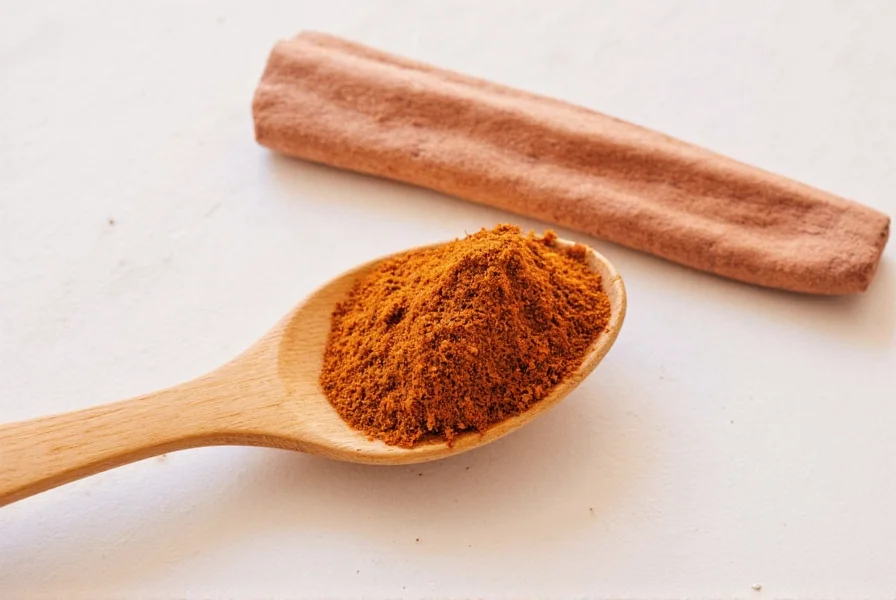
Spice Up Your Life: Sopilla Fun Facts
You didn’t think a tiny spoon could be interesting, did you? Here are a few quirky tidbits about the humble sopilla:
- Some historians believe the sopilla dates back to pre-Columbian times, where it was used by indigenous peoples to measure powdered cacao.
- In Mexico, some grandmothers still call it a cucharilla de polvo, which means “little dust spoon”.
- Artisan sopillas are sometimes carved with intricate designs and passed down through generations.
- Did you know some high-end restaurants have custom-made sopillas engraved with their logo?
- In Puerto Rican kitchens, the sopilla often lives in the same drawer as the sofrito maker—because flavor deserves a team effort!
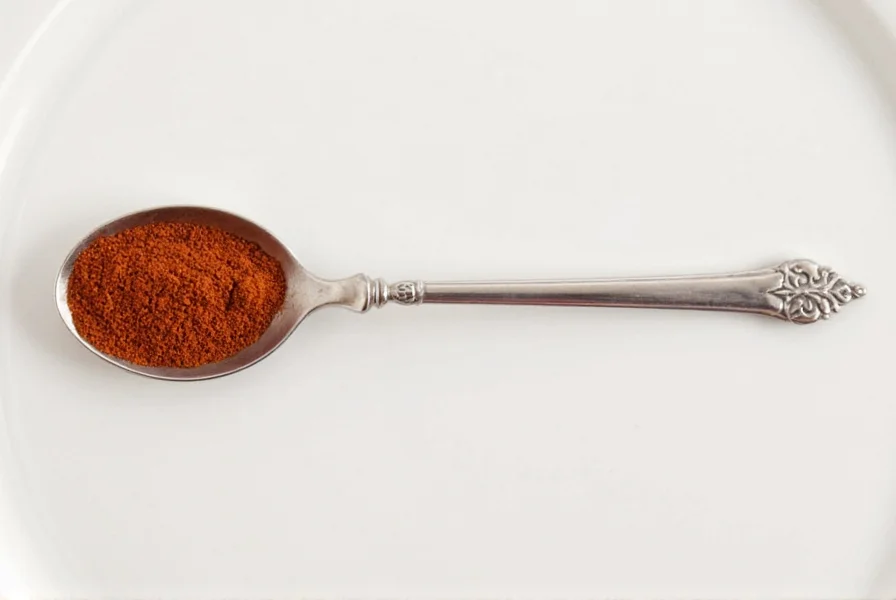
Conclusion: Time to Get Scooping!
The sopilla may be small, but it’s mighty—and essential for anyone serious about spice. Whether you’re a culinary pro or a weekend griller, adding one to your toolkit can make a huge difference in consistency, cleanliness, and overall flavor mastery.
So go ahead, grab your favorite sopilla, and start blending with confidence. After all, the best dishes are made with the finest tools—even if they’re only a few inches long.
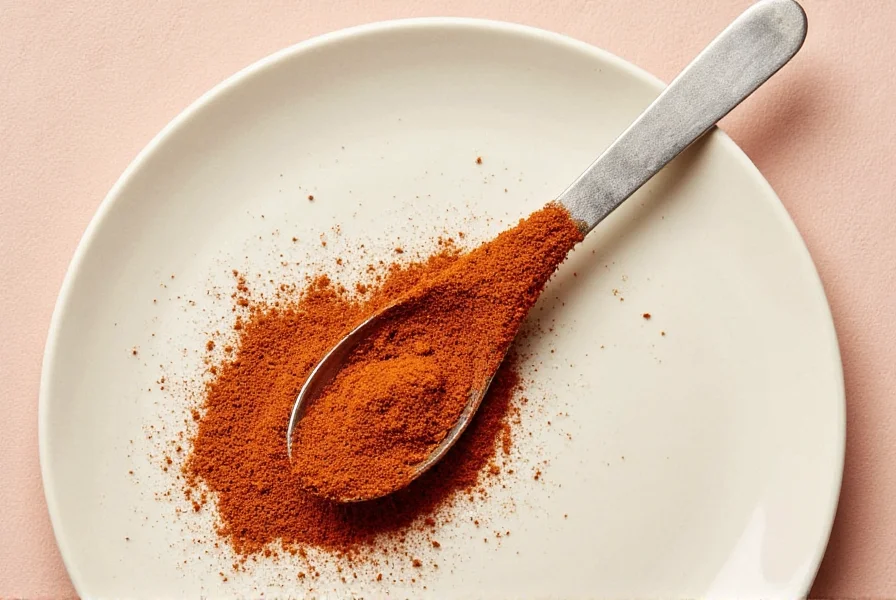
Stay spicy, friends.

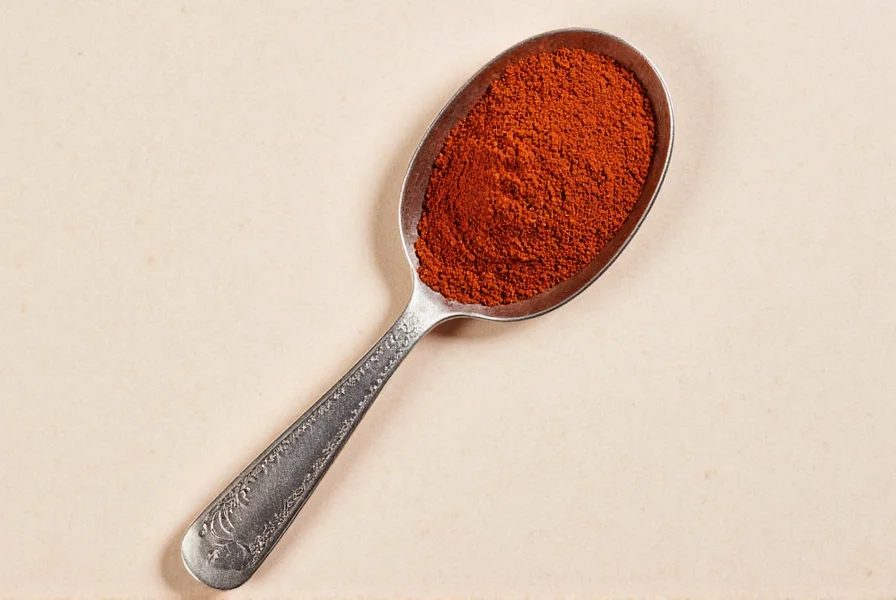









 浙公网安备
33010002000092号
浙公网安备
33010002000092号 浙B2-20120091-4
浙B2-20120091-4